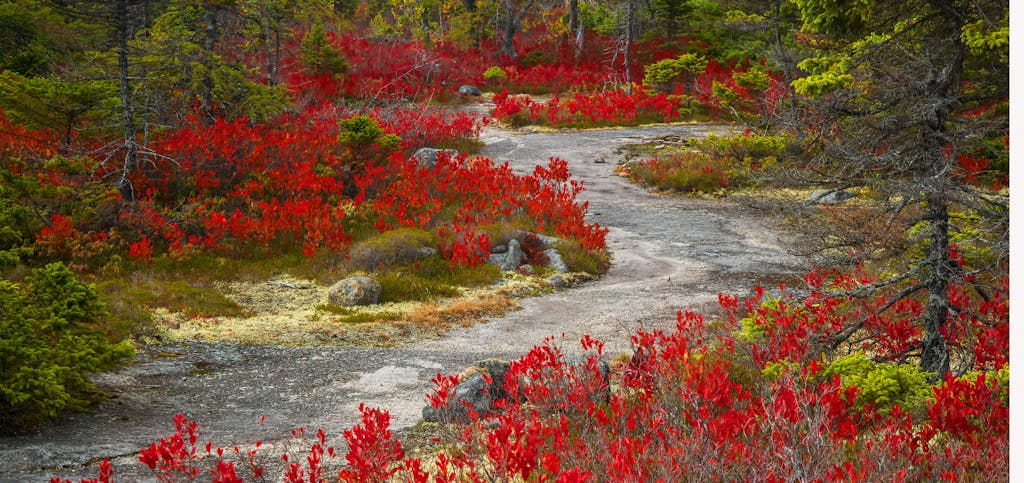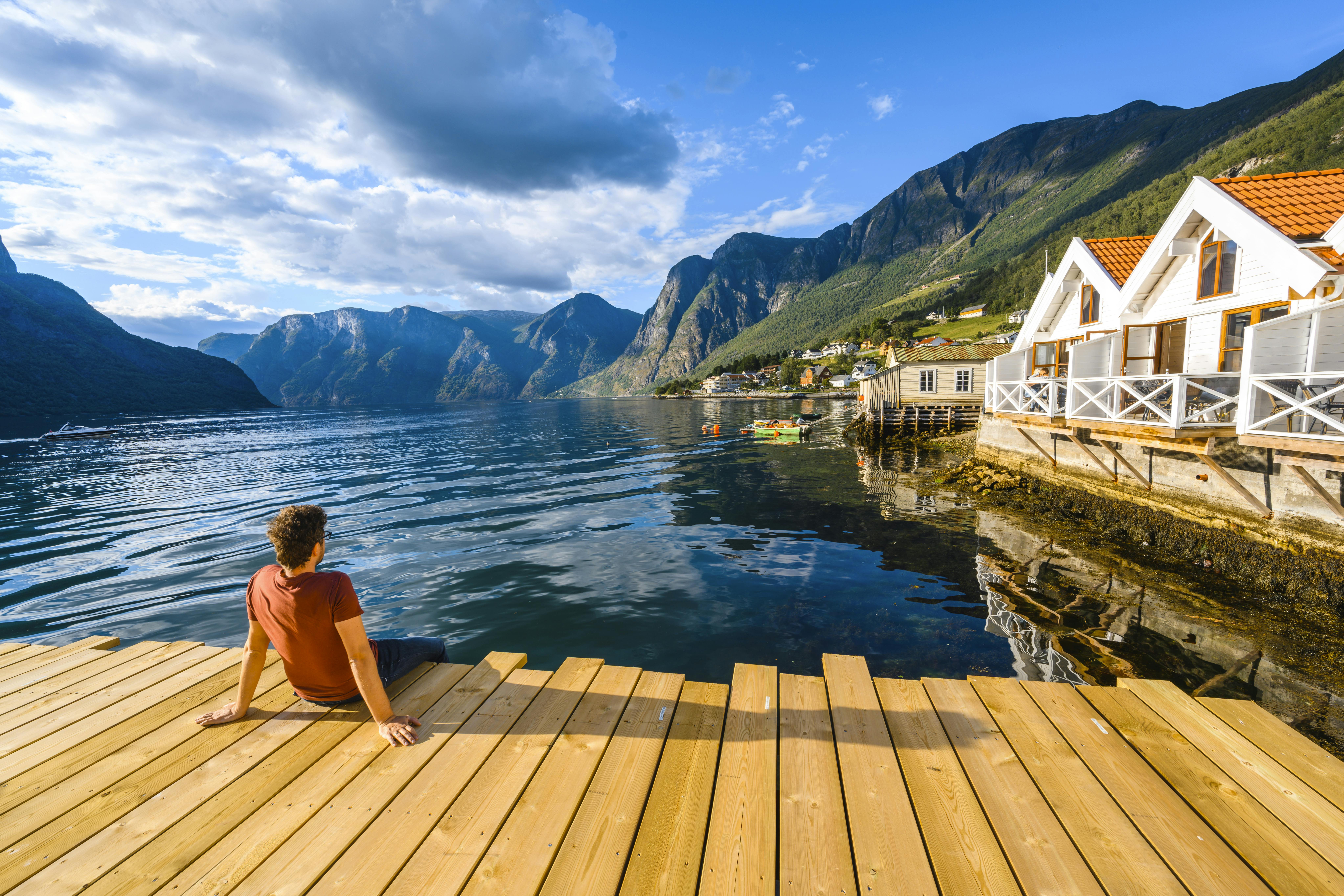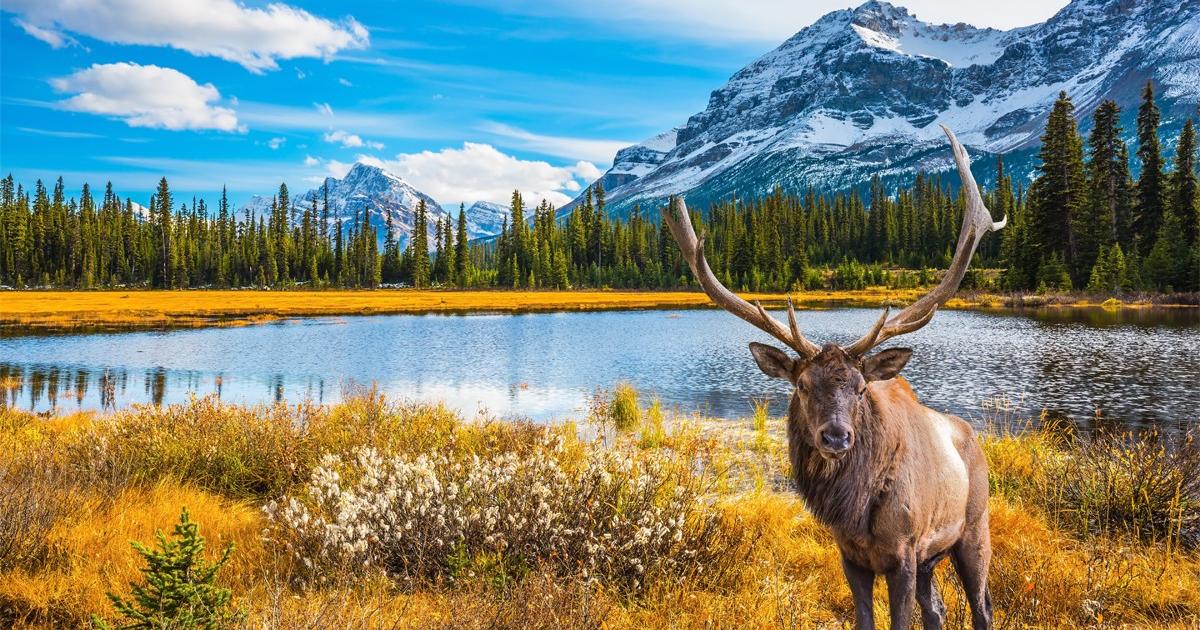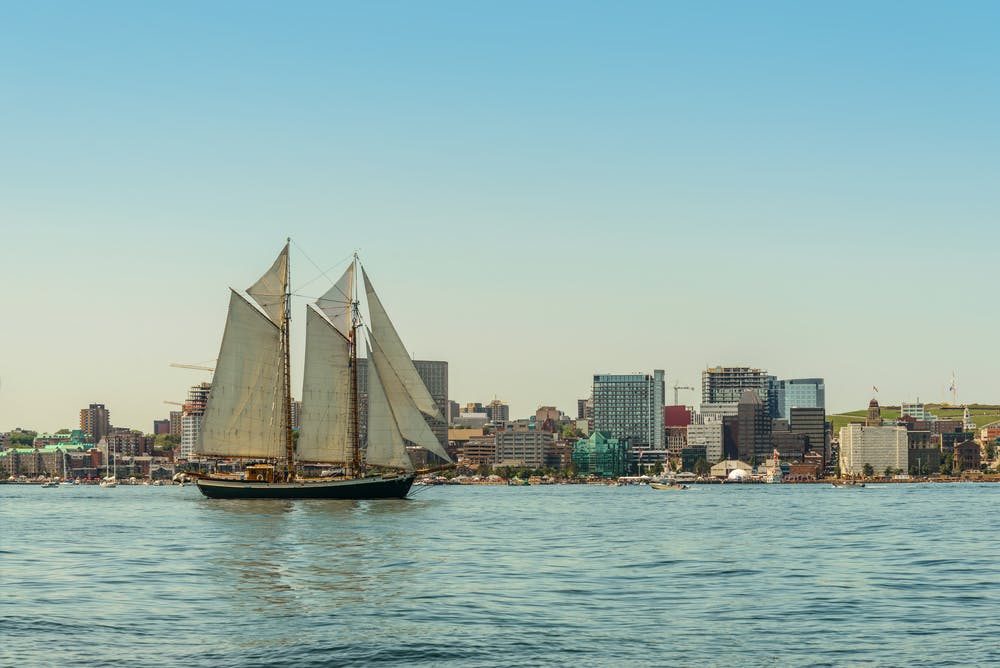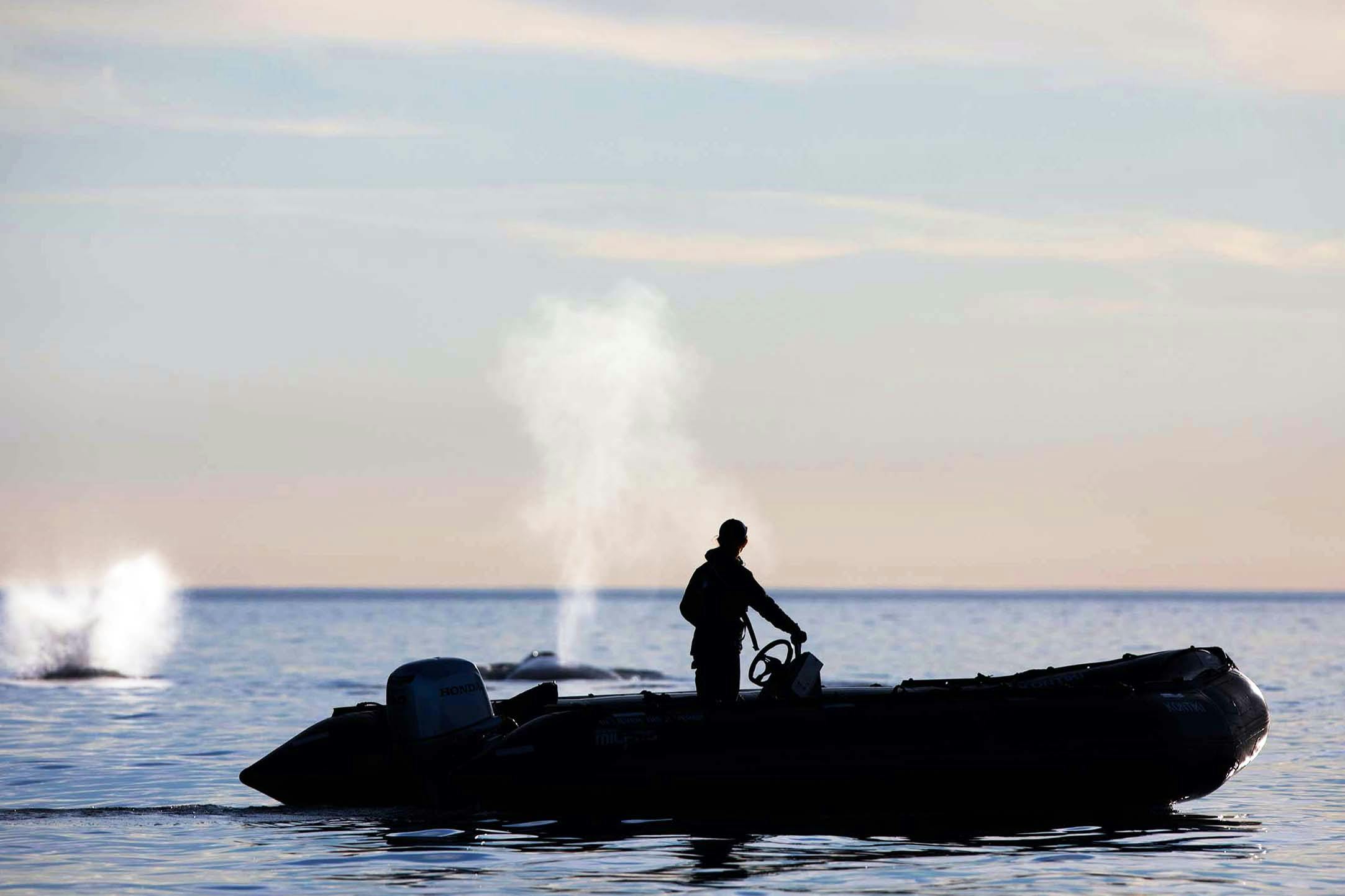Everything You Need to Know for Your Canada-New England Voyage
When the leaves begin to change and the kids go back to school, Silversea’s fall cruises to Canada and New England set sail along the coast of the Northeast Atlantic. For anyone who loves autumn – myriad gorgeous tree colors, crisp air and the flavors of pumpkin and spiced apple – a cruise to Canada and New England is an immersion into all the senses. Such voyages highlight nature’s beauty this time of year, and a cruise also allows you to see a swath of the region’s most interesting cities, all bathed in the golden glow of autumn.
Ready to soak up the scent of salt air and cider, leaves damp with morning dew and wood-burning fireplaces? Read on for everything you need to know about Canada and New England voyages.
Where do these cruises sail?
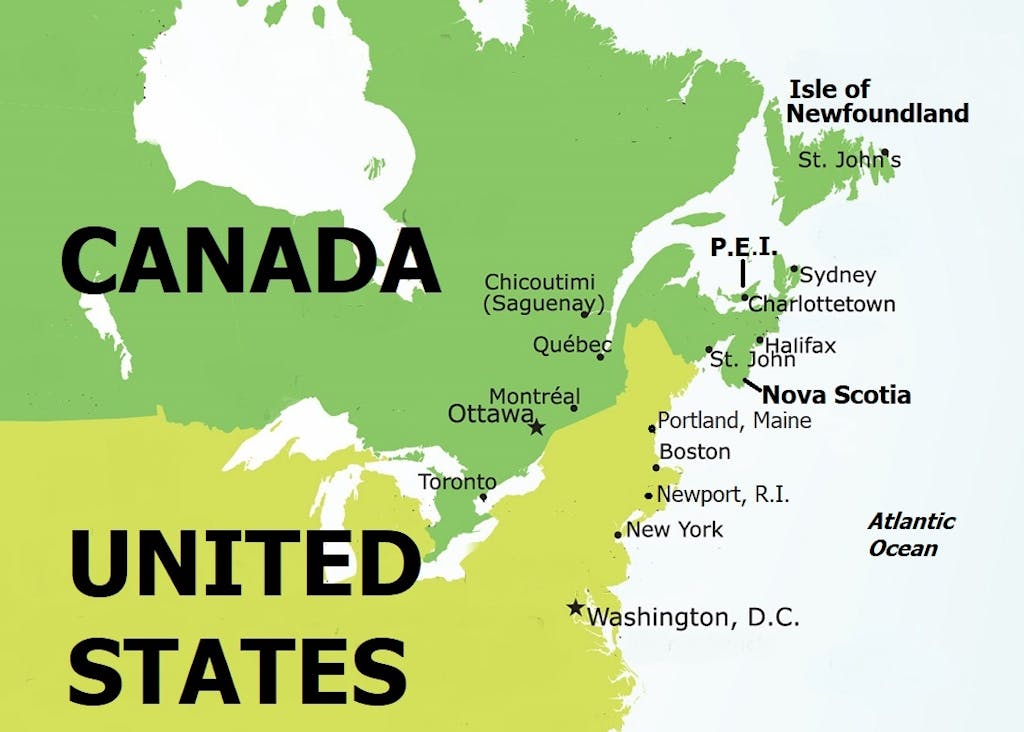
Silversea Cruises offers about a dozen sailings each year from August to November. These foliage cruises travel one way between New York City and Québec City or Montréal on the 392-passenger Silver Shadow, which sails up and down the coast on 10- and 11-day voyages. Along the way, cruises call in U.S. ports such as Newport, R.I., Boston, and Portland, Maine, and Canadian ports such as Charlottetown, Prince Edward Island; Sydney and Halifax, Nova Scotia (red huckleberry-dotted landscape pictured in photo at top); and Saguenay, Québec, and include a couple of days at sea.
When should you go?
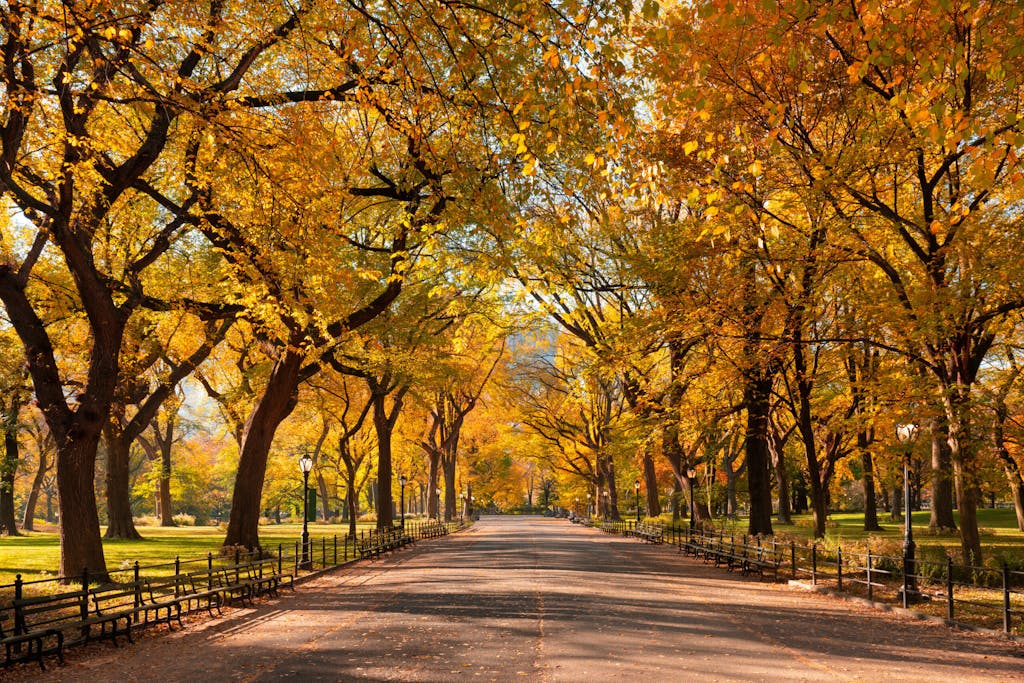
Most years, the leaves start to change in eastern Canada by mid-September and peak in late October. Depending on the weather, the first and last sailings may not give you peak colors and, so it’s good idea to do a little advance weather tracking. Many sites provide speculation and updates on the projected peak in New England and, in Canada, Nova Scotia, Québec and Prince Edward Island.
For sightseeing, the warmer weather of earlier sailings make walks on the beach and hikes through wooded trails more comfortable. The sunsets in mid-August about 7:45 p.m. in Boston and 8:20 p.m. in Charlottetown, but by mid-November, the curtain falls about 4:20 p.m. in Boston and 4:40 in Charlottetown, so you’ll need to account for those differences in your planning.

Whale-watching season tends to end in late October. Until then, you may be able to spot finback, humpback, minke and right whales along the feeding grounds on the New England coast of the Atlantic. In eastern Canada, August generally is the best whale month.
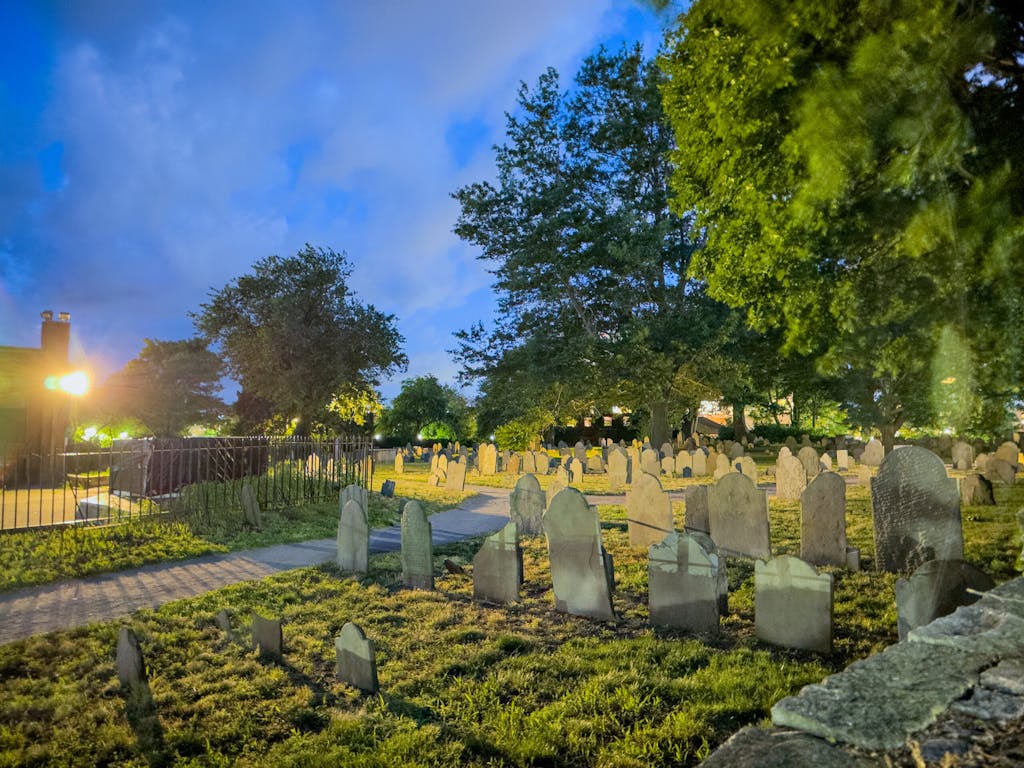
Halloween is popular in this part of the world, and in some towns, celebrations take place throughout October. Salem, Mass., where the famous witch trials and subsequent hangings took place in 1692, is just 16 miles north of Boston. Newport, R.I., which traces its history back nearly 400 years, tends to be decked out for “spooky season” starting early in autumn.
Don’t forget the Northern Lights, which are prevalent in this part of the world in winter, but you may luck into seeing them as early as late September, although November is a little more likely.
What else will you get to see?
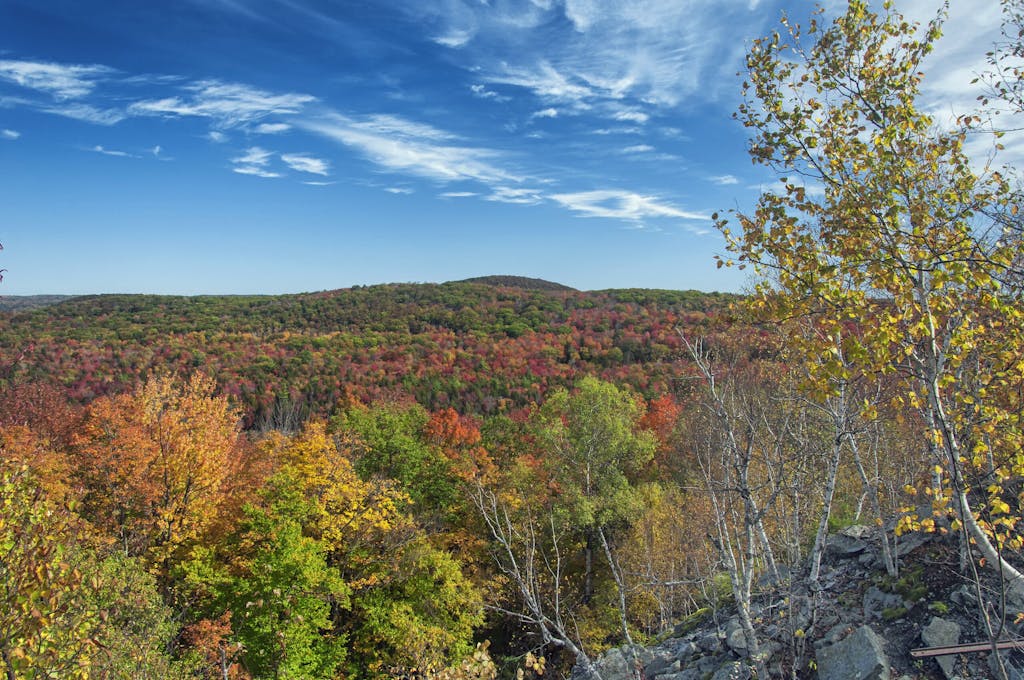
Besides the fiery autumnal palette of gold birches and elm leaves, red maple and mountain oak leaves, and brown leaves falling from white oak trees, your ship will cruise a scenic coastline that’s dotted with beaches, lighthouses, jagged cliffs and ragged peninsulas, harbors full of sailboats, charmingly whitewashed seaside villages, and hundreds of offshore islands.
The lighthouses are especially memorable and worth taking the time to see, including the Colonial-era Portland Head Light in Cape Elizabeth, Maine, and Peggy’s Point in Halifax, which was built on a rocky outcrop in 1915. It is easily one of the most photographed lighthouses in the world.
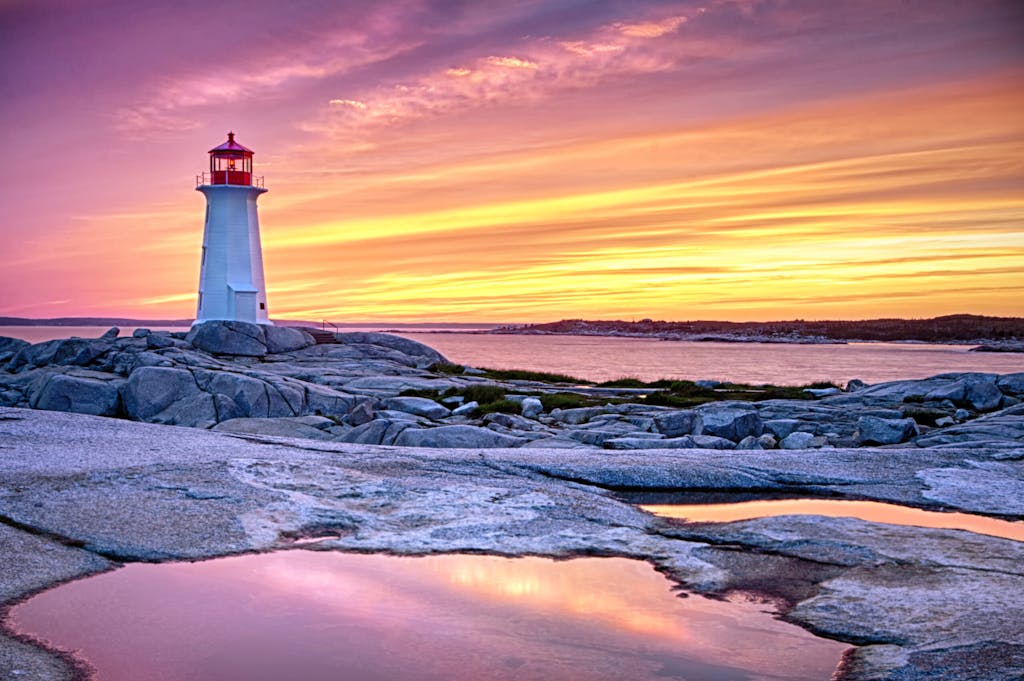
While sailing, consider spending time on deck or on your balcony with a warm drink and a blanket so you can take in the scenery along the coast. If you watch the frothy surf long enough, you may just see a whale breach or a harbor porpoise’s dorsal fin rise out of the water. You can also spot gray and harbor seals sunning on the rocks along the shore. Bird watchers should keep an eye out for puffins as well as bald eagles, ospreys (also known as “sea hawks”), and guillemots, black seabirds with strikingly bright red legs.
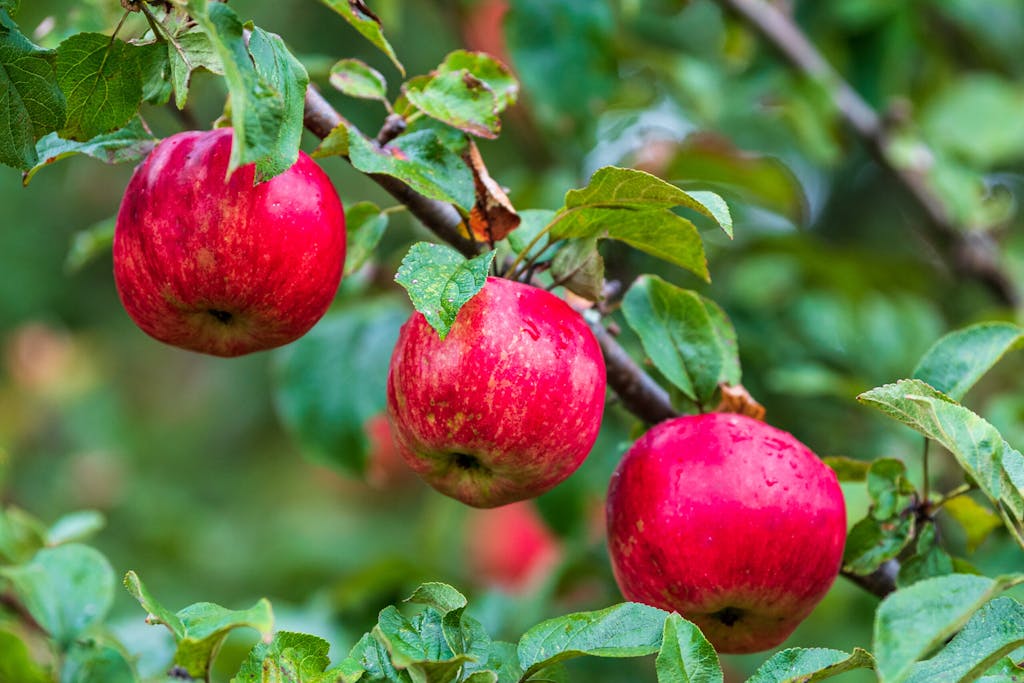
On land, hiking helps you to become familiar know the area, and you’ll find well-maintained trails nearly everywhere, including the Blue Hills Reservation in Milton, just outside of Boston, and Bradbury Mountain State Park in Pownal, Maine. Fruit picking is another option that will give you the feel of the land. Peach and blueberry seasons wrap up around Labor Day, but apple season stretches to the end of October.
If you do head out to an apple orchard, you’ll be rewarded: Many apple orchards turn the you-pick season into a festival of autumn and offer hayrides, corn mazes, warm cider donuts and cider-pressing demonstrations.
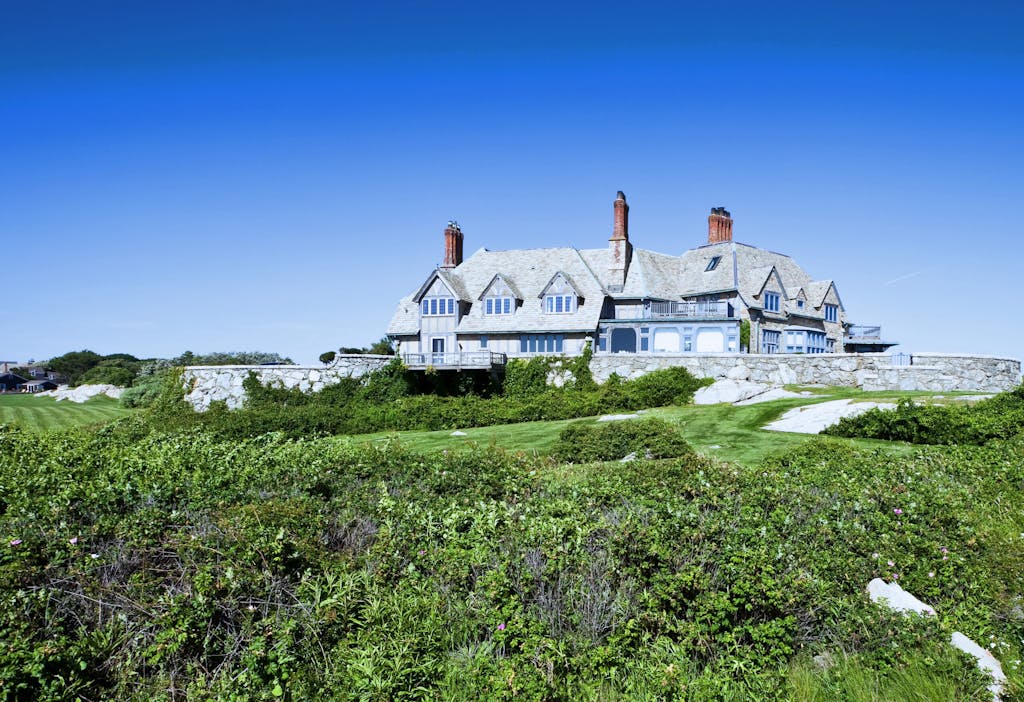
The ports on these itineraries are also packed with history. Newport is home to oceanfront Gilded Age mansions ringed with gorgeous gardens, many of which can be seen on tours. Boston’s 2½-mile Freedom Trail is rich with Revolutionary War sites, including Bunker Hill, the first major battle of the American Revolution.
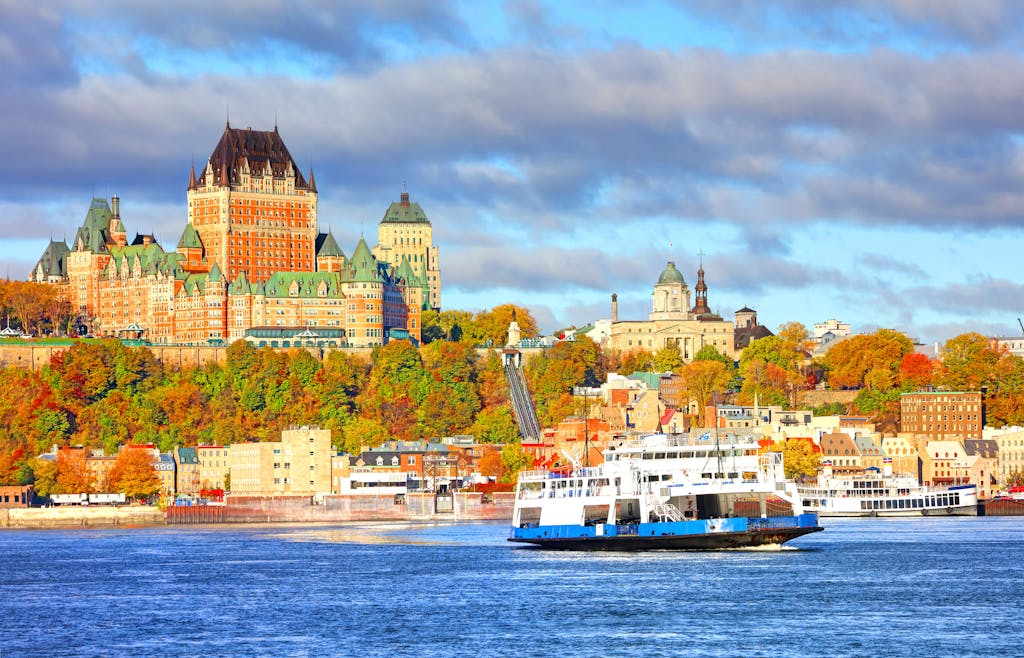
How to dress
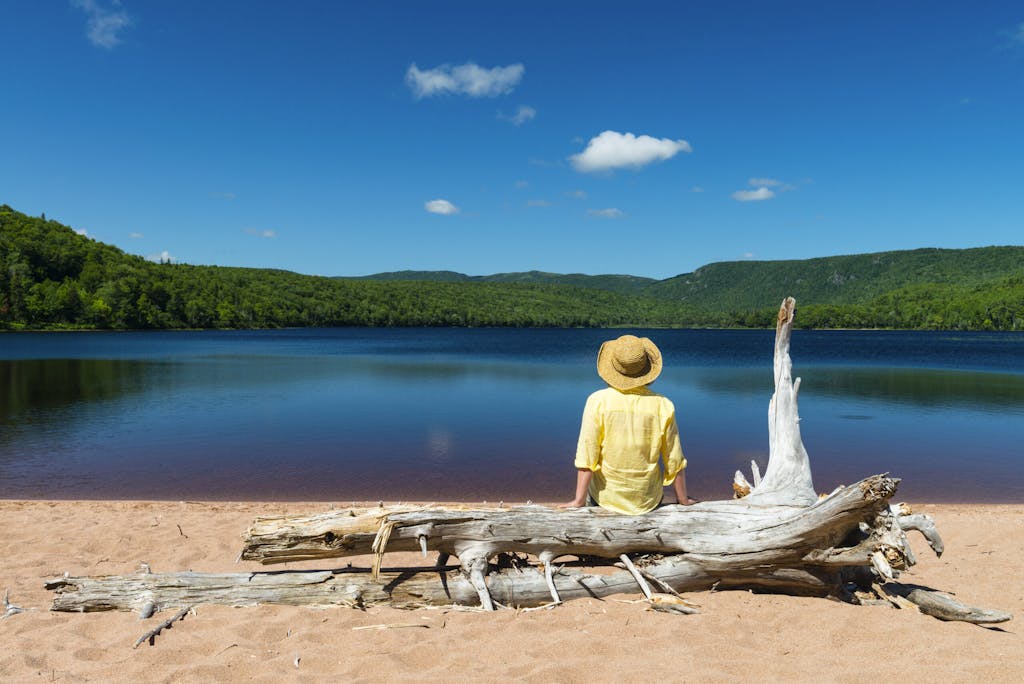
Because maritime Canada is far north, the average high temperature in Québec City is in the 70s in August but in the 40s in November, so when you sail will determine whether you enjoy the last gasp of summer (and can pack shorts for sightseeing days) or your sailing feels more like the runway to winter and requires pants and sweaters or flannels.
Because the temperatures may climb as you sail south or drop as you sail north, you’ll want to dress in layers whenever you cruise in this region.
In some ports, the ship also stays late, and throughout the fall. evenings are notably chilly. A coat, hat, scarf and mittens may keep you warm in port and on deck or on your balcony on later sailings as you watch the sunsets or admire the stars twinkling.
What else should I pack?
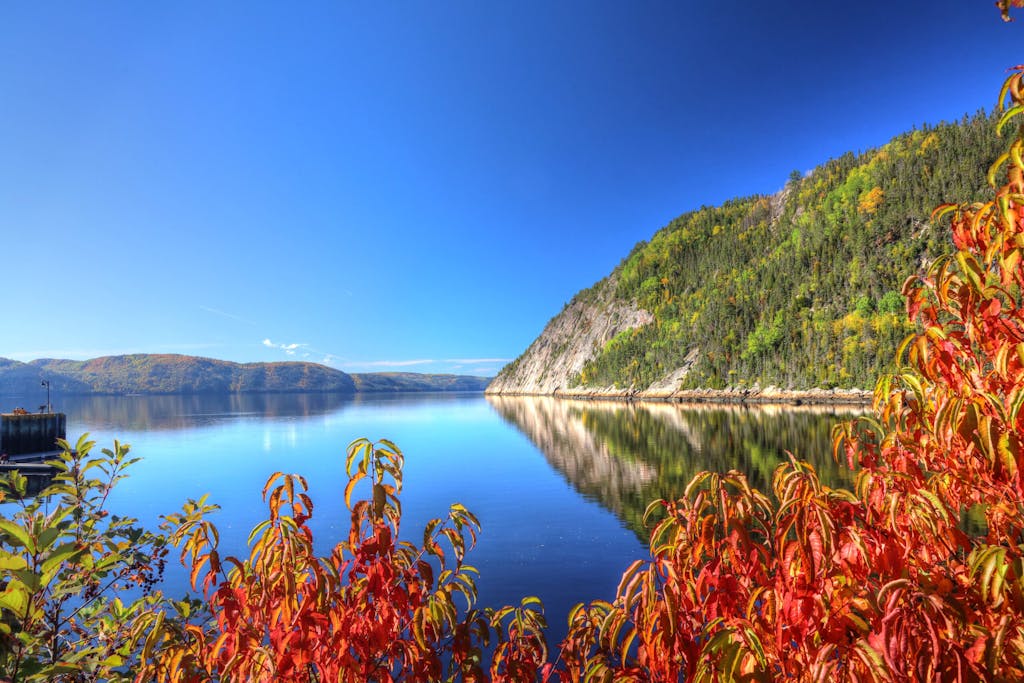
Sunscreen and bug repellent are important especially in late August and early September, when days can still be sunny and bright and mosquitoes and ticks may abound, especially in heavily wooded areas.
A rain jacket and waterproof shoes will make sightseeing more pleasant and will also come in handy if you decide to kayak or take a Zodiac tour in Fjord-du-Saguenay National Park or if you choose to explore Maine’s Casco Bay in a schooner, on which boat shoes are preferred.
Storms are also possible this time of year. Nor’easters – storms that brew along the East Coast of North America – can happen at any time of year but are most frequent September to April. Seasickness medications may help calm a queasy stomach.
You’ll also want to bring binoculars to make spotting bald eagles easier. (Tip: From the ground, the heads of adult bald eagles look like golf balls to the naked eye.)
Although cell phone cameras have improved, consider taking a camera and carefully chosen lenses. Nature photography is an art that takes years to master, but reading tips from professional photographers will help you prepare, especially if you hope to shoot the Northern Lights.
Suggestions for your reading list
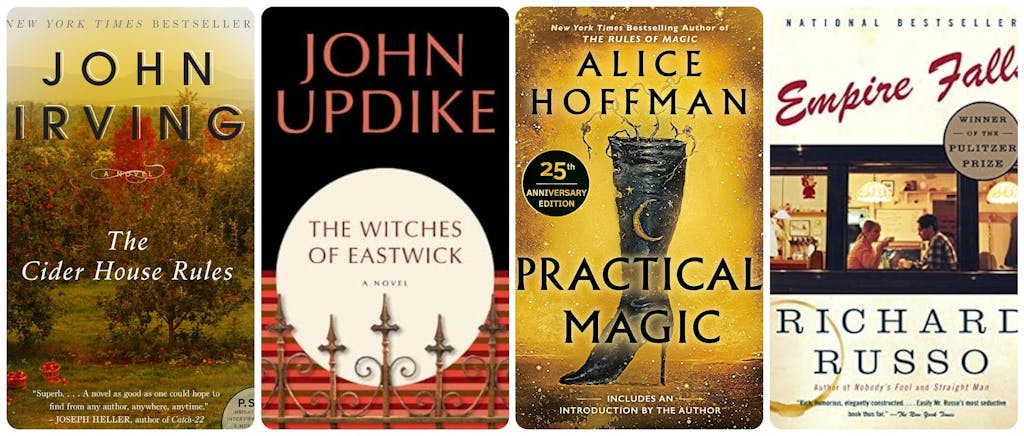
If there’s room in your suitcase, be sure to pack a couple of books that take place in New England during the fall. “Cider House Rules,” by John Irving, “The Witches of Eastwick,” by John Updike, “Practical Magic,” by Alice Hoffman, and “Empire Falls” by Richard Russo, will set the scene for your trip. “Little Women,” Louisa May Alcott’s 1868 novel about sisters growing up in Concord, Mass., during the Civil War, would also be appropriate; Concord is less than 20 miles northwest of Boston.
For anyone who loved Lucy Maud Montgomery’s “Anne of Green Gables” as a child, rereading it before calling in Prince Edward Island’s Charlottetown may inspire you to describe the beauty of the area as dramatically as Anne did. (Don’t bother keeping an eye out for the row of trees Anne described as the “White Way of Delight”; Avonlea was a fictional town.)
Finding culinary gems along the way
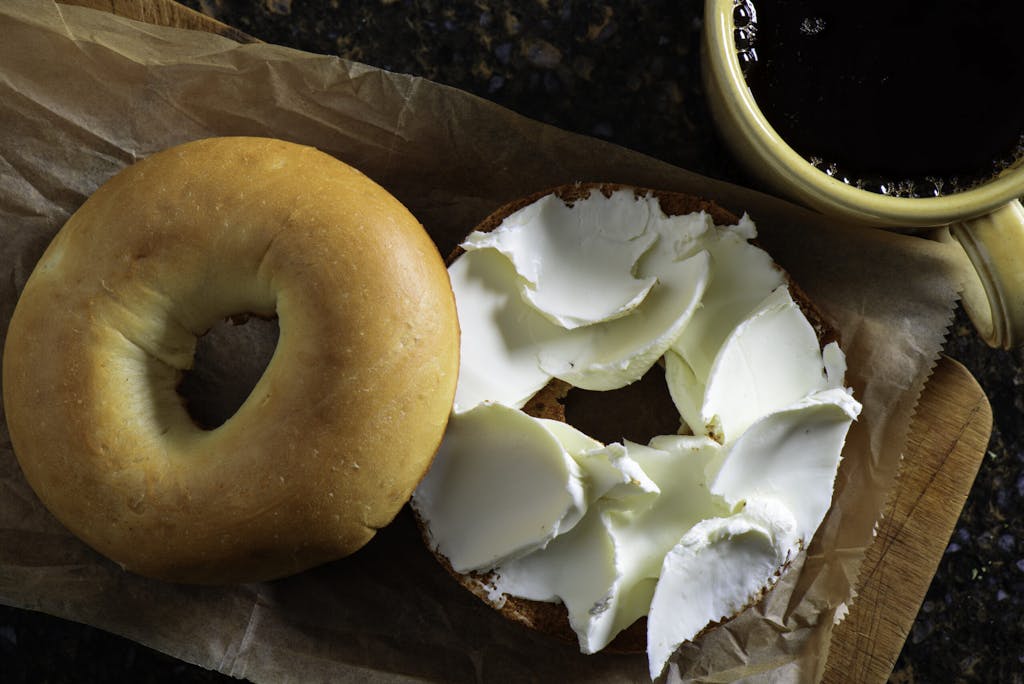
These cruises highlight several major cities, giving you an opportunity to, say, start your trip with a bagel picnic in New York’s Central Park, celebrate your visit to Boston with a bowl of rich and creamy clam chowder, and finish your cruise in Montréal with a smoked meat sandwich or a plate of steak frites in a French brasserie. All three cities have rich culinary scenes full of memorable food-forward dives and unforgettable restaurants sporting Michelin stars.
They also offer restaurants showcasing food from around the world, so you can feast on whatever your heart desires. Just be sure to make reservations or arrangements if you want to dine in, say, one of Manhattan’s many and, often, notoriously hard to get into restaurants.
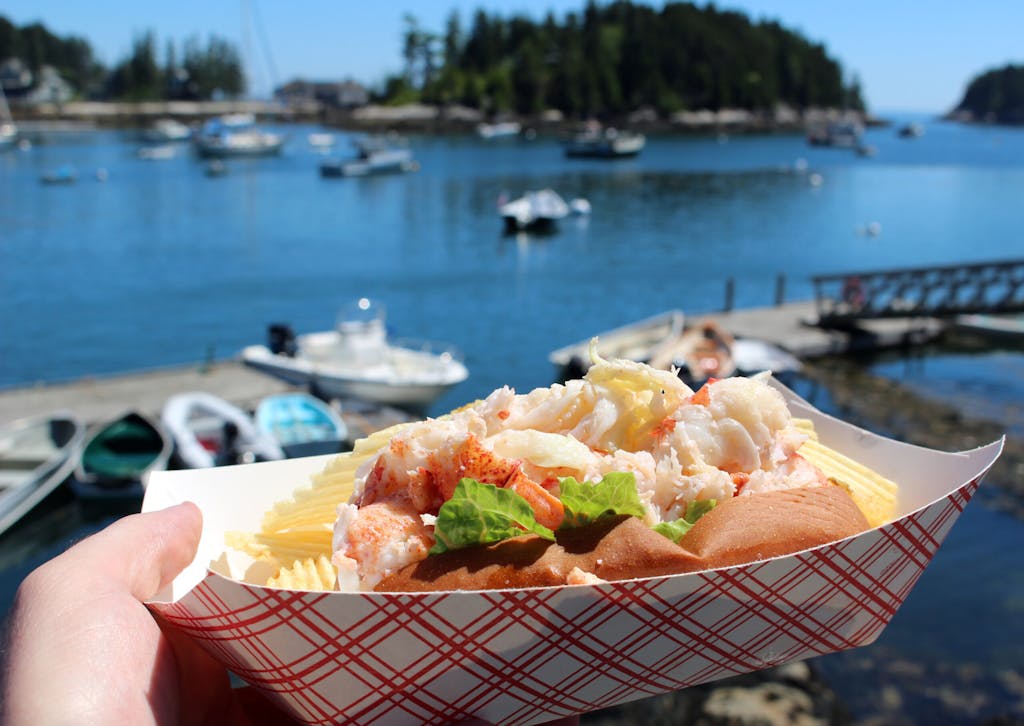
Along the way, the seaside towns and maritime highlights include some of the world’s best seafood: raw Wellfleet oysters, Maine lobster rolls, Ipswich and Essex clams, and Prince Edward Island mussels. Whether you choose to visit an elegant raw bar or a rustic clam shack by the sea, you’ll be delighted by the freshness of the seafood.

Flo’s Clam Shack in Newport, for example, is known for its cornucopia of clam dishes – look for clam cakes, fried clams and three types of “chowda.” Water Prince Lobster Pound in Charlottetown serves Malpeque oysters, mussels steamed in white wine, and steamed clams. Claddagh Oyster House, also in Charlottetown, is another popular choice for Prince Edward Island seafood as well as locally raised beef. Lucille’s Oyster Dive in Montréal is worth a look for the seafood towers piled high with oysters, lobster, shrimp and Québec snow crab.
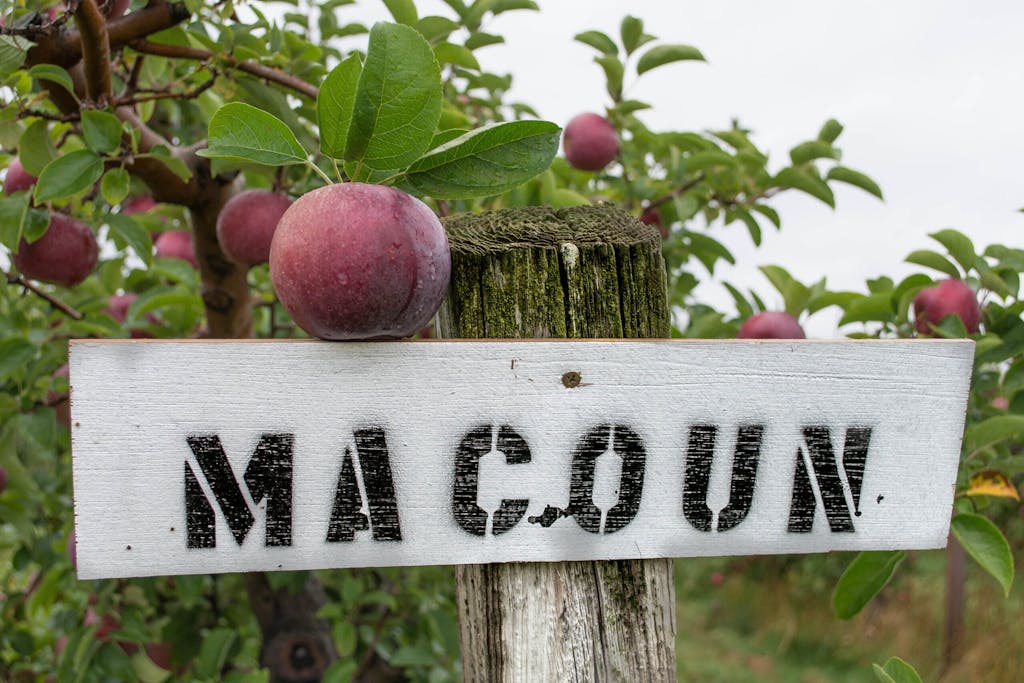
Early fall is also the end of tomato and corn season in this part of the world so, depending on when you sail, you may see dishes that celebrate their peak glory on menus across the region. On your voyage, you’ll also pass through great apple and maple farms, as well as impressive hard apple cideries. Don’t head home without sipping some cider and/or noshing on apple pie and maple cotton candy.
Late fall is also a time for warming meals in New England, so do order a cozy dish – such as pot roast, beef stew or chicken pot pie – if you see them on a menu.
A wicked warm welcome – and other language quirks

Although English is the official language in most of the ports you’ll visit on a Canada and New England cruise, Montréal and Québec City are part of the French-speaking province of Québec. French has been the official language here since 1974, although many people also speak English.
Although a visit to French-speaking Canada is an opportunity to dust off your high-school French, you will notice that pronunciation differs from the French spoken in, say, Paris. It’s more casual and relaxed, with a bit of a Yankee inflection that may make it easier for you to understand. Still, even those who speak English here tend to combine the languages as well so expect to hear a little “Franglais” along the way.
You’ll come across some New England words, too, that may not make sense to outsiders. You may hear “wicked good,” “wicked awesome,” and even “wicked pissah” — oddly, all have positive connotations — in Boston. In Maine, a local may refer to a moose as a “swamp donkey.” More, you might see scrod on a seafood menu, but strangely enough there is no fish called scrod; it’s local shorthand for cod or any other white fish.
Although Philadelphia may celebrate the hoagie, New Englanders call a submarine sandwich a “grinder” and Bostonians sometimes call it a “spuckie.” Looking for a water fountain? Ask for a bubbler … and try not to giggle while you do so if you didn’t grow up here.
What to take home
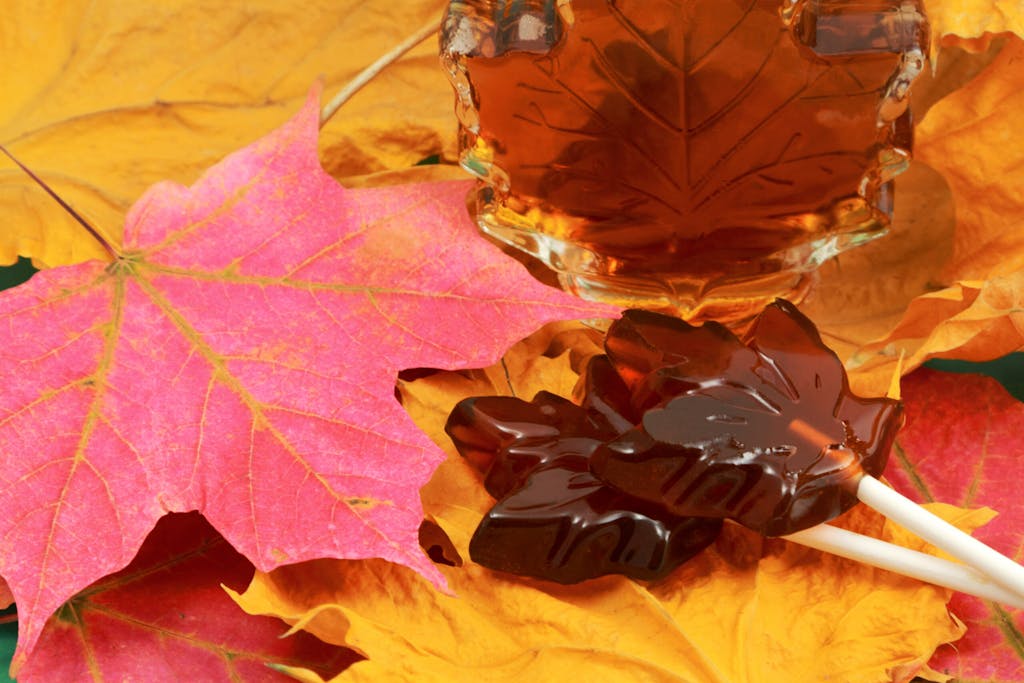
You can look for wood carvings and other hand-made crafts by local artisans to remind you of your trip, but some of the best souvenirs are regional food products.
Le Roux Kitchen in Portland, Maine, sells both maple balsamic vinegar and wild blueberry balsamic vinegar as well as Maine sea salt. Wild blueberry jam and apple maple cream from Québec’s Confiserie Tigadou can be found in Québec City and are a treat well after the season has ended. Maple candy is a nice souvenir as is cinnamon-laced apple butter.
When in Atlantic Canada, I always bring home a bottle of Sortilège, a blend of whiskey and Québec maple syrup that makes for a lovely maple martini. There’s also nothing like buying a jug of the dark amber maple syrup to enjoy with pancakes.
Ready to set sail on a cruise that celebrates the beauty of autumn? Consider fabulous Canada and New England sailings for your next vacation.



